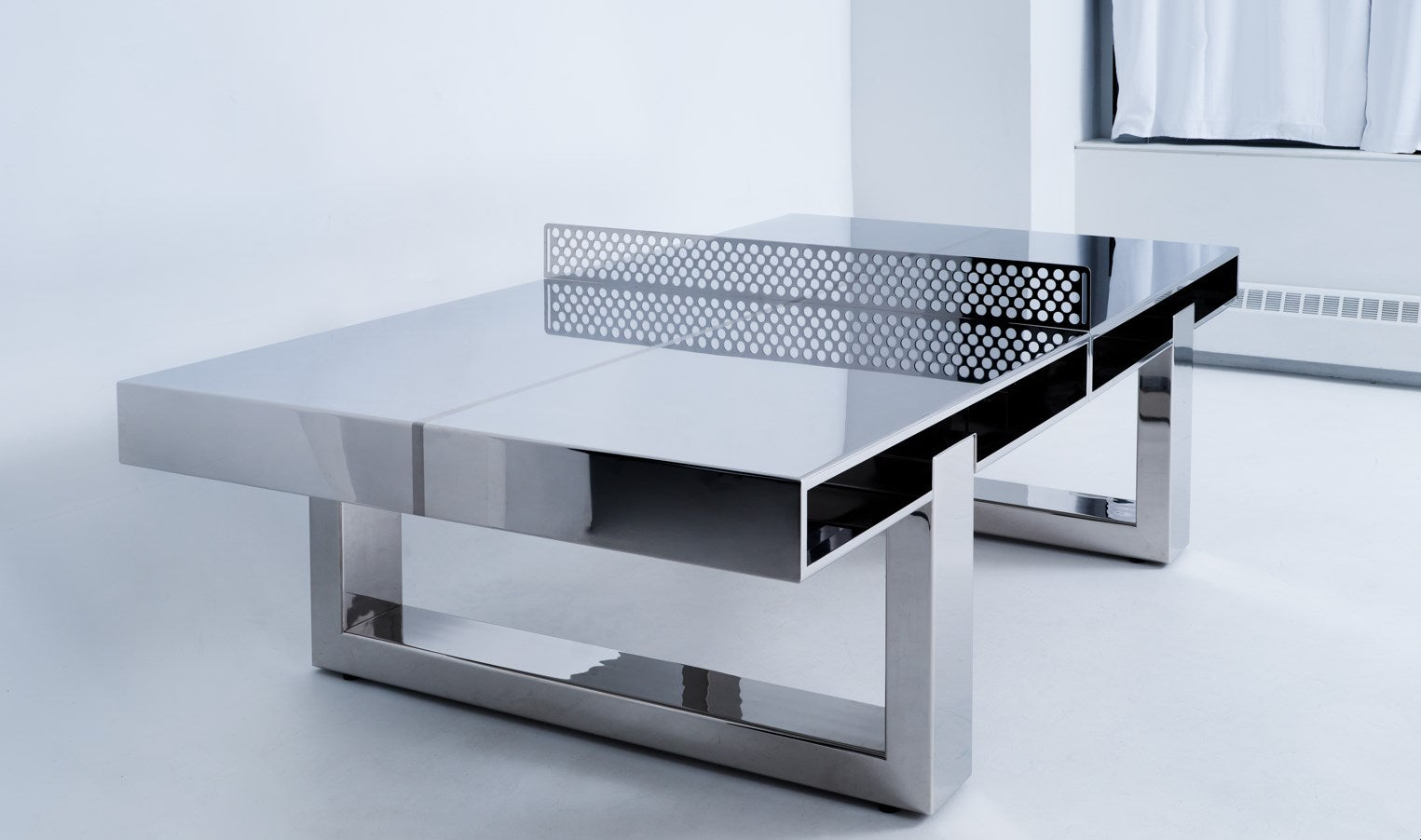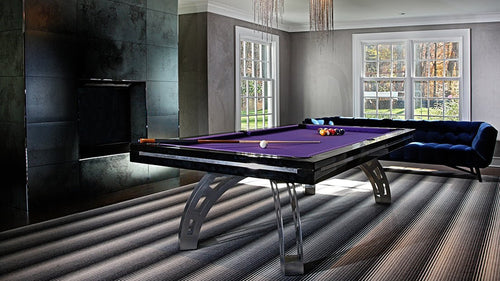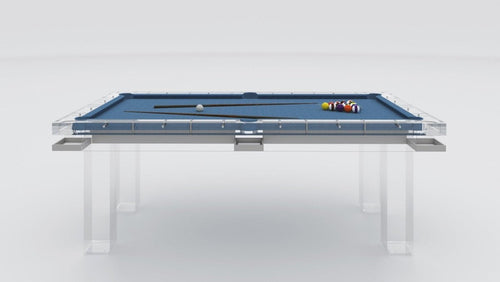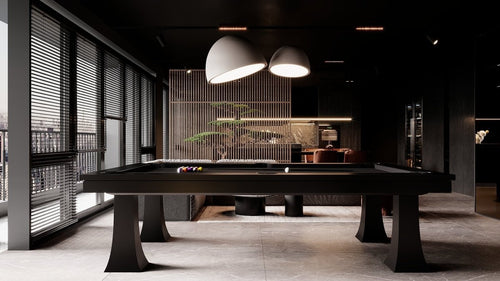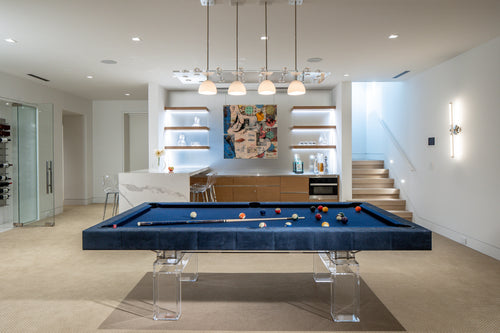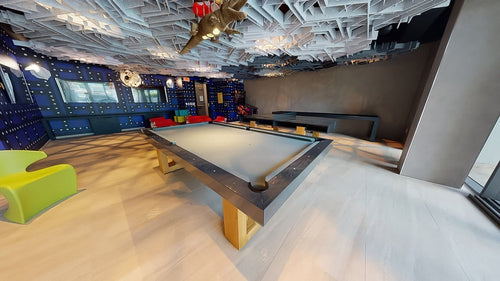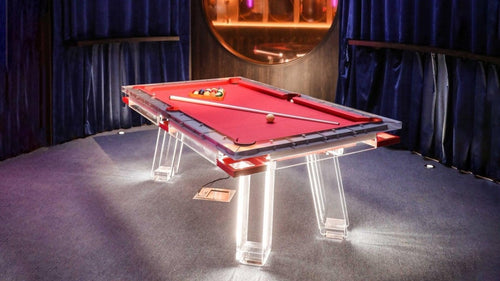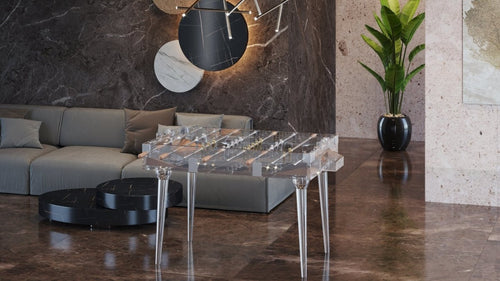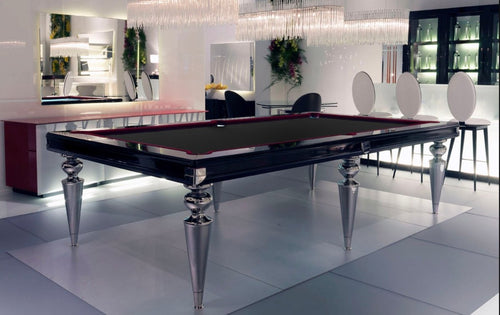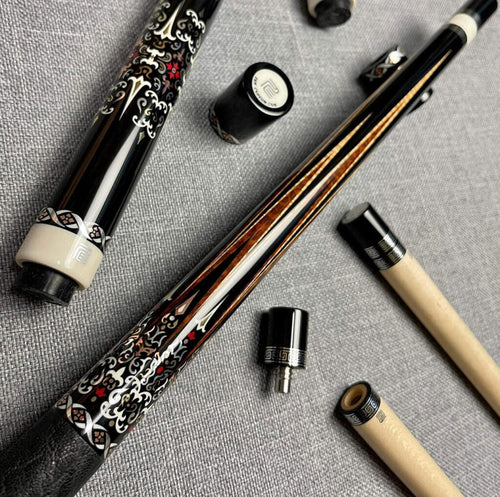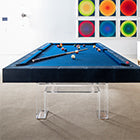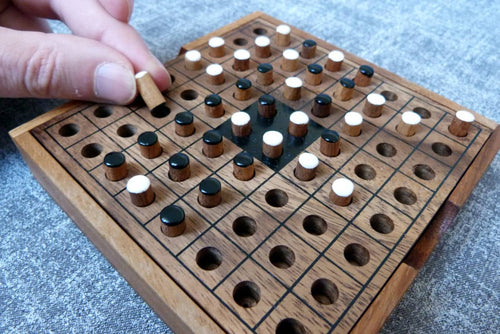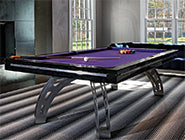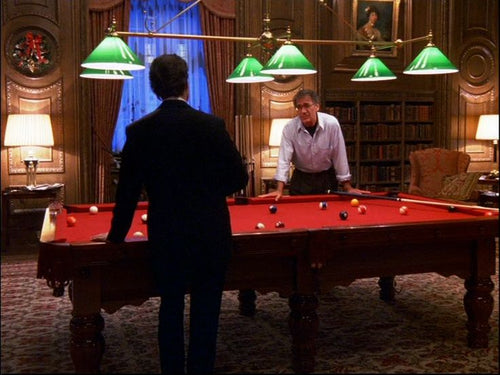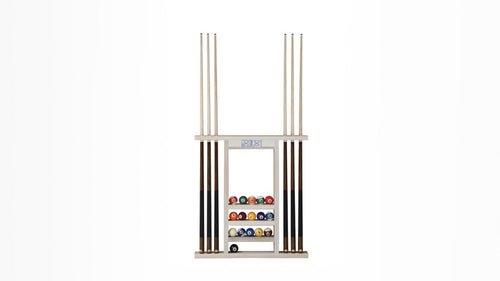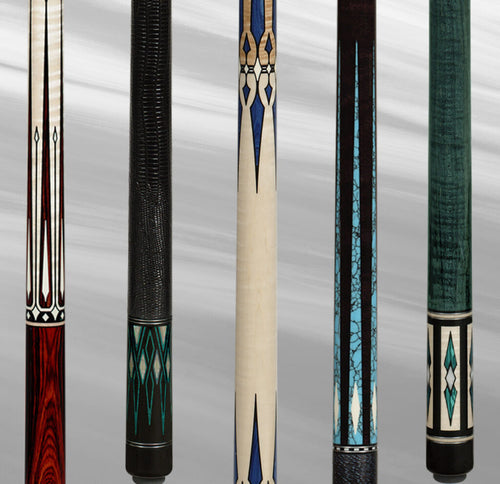Enjoy our modern designs
Table tennis, also known as ping pong, is a sport of precision, speed, and strategic finesse. Every stroke and spin is meticulously calculated, yet there's a subtle behavior that often catches the eye of spectators and newcomers alike: players touching the table. But why do ping pong players touch the table? Is it merely a habit, or does it serve a deeper strategic purpose? In this comprehensive guide, we delve into the multifaceted reasons behind this common gesture, exploring its implications on gameplay, psychology, and player performance.
Understanding the Gesture
At first glance, the act of a ping pong player touching the table may seem trivial. However, this gesture serves multiple functions, ranging from practical maintenance to strategic gameplay enhancements. Understanding why players engage in this behavior provides deeper insight into the complexities of table tennis.
Legality and Rules
Before delving into the reasons, it's essential to clarify the rules surrounding table touches:
- Allowed Times: Players may touch the table during breaks between points. This is often utilized for practical reasons like wiping sweat or adjusting equipment.
- During Play: Touching the table while the ball is in play is strictly prohibited and results in a point loss.
- Strategic Breaks: Players can use allowable breaks to engage in table touches strategically without infringing on the rules.
Understanding these regulations helps players use table touches effectively without risking penalties.
Practical Reasons: Maintenance and Comfort
Wiping Off Sweat and Moisture
- Grip Maintenance: Excessive sweating can make the paddle slippery, reducing control over shots. Touching the table provides a quick surface to dry hands, ensuring a firm grip.
- Towel Usage: While players are allowed to use a towel after every sixth point, they often resort to table touches between these intervals for immediate moisture management, especially during intense rallies.
Adjusting Grip and Paddle Position
- Fine-Tune Paddle Position: Adjusting the paddle's angle or position is crucial for executing specific shots. A brief table touch allows for these minor adjustments without disrupting the flow of the game.
- Comfort and Relaxation: Maintaining comfort during a match is vital. Players might touch the table to relax their hands or stretch their fingers, preventing fatigue over prolonged play.
Psychological Strategies
Maintaining Focus and Composure
- Rhythmic Routine: Engaging in a consistent gesture helps players maintain focus and composure, especially during high-pressure moments.
- Stress Relief: Minor physical actions like touching the table can alleviate stress and prevent anxiety from affecting performance.
Disrupting Opponent’s Rhythm
- Time Consumption: Brief pauses to touch the table can disrupt the opponent's momentum, providing a momentary advantage.
- Psychological Edge: Displaying confidence through controlled gestures can intimidate opponents, subtly signaling dominance and composure.
Tactical Adjustments
Positioning and Footwork
- Foot Placement: Players may touch the table to realign their stance or adjust foot positioning, ensuring optimal balance and readiness for the next shot.
- Body Posture: Maintaining an effective posture is crucial. Brief table touches allow players to correct their posture, enhancing shot accuracy and power.
Time Management During High-Stakes Points
- Brief Pauses: Utilizing table touches during critical points provides players with a few extra seconds to strategize, analyze the opponent's play, and prepare their next move.
- Momentum Shifts: Controlled pauses can shift the momentum, giving players a tactical advantage in rally dynamics.
Rituals and Habits
Developing Consistent Routines
- Routine Consistency: Engaging in table touches at specific moments reinforces a sense of routine, promoting consistency in performance.
- Mental Conditioning: Rituals help condition the mind to remain focused, reducing susceptibility to external distractions and maintaining a steady gameplay rhythm.
Habitual Comfort Actions
- Muscle Memory: Regularly incorporating table touches into practice sessions leads to automatic execution during matches, ensuring the gesture serves its intended purpose without conscious effort.
- Comfort and Familiarity: Familiar gestures provide a sense of comfort, helping players navigate the uncertainties and pressures of competitive play.
Enhancing Performance Through Table Interaction
Surface Interaction
- Cue Ball Control: Adjusting hand placement and paddle angle via table touches can improve cue ball control, enabling more precise spins and trajectories.
- Shot Preparation: Briefly touching the table allows players to prepare mentally and physically for the next shot, ensuring readiness and responsiveness.
Equipment Handling
- Paddle Adjustments: Ensuring the paddle's surface is optimal for each shot may involve slight touches to the table, especially when switching between different types of spins or speeds.
- Preventing Slippage: Regularly touching the table helps maintain the paddle's integrity, preventing slippage and ensuring consistent performance.
Expert Insights
To gain a deeper understanding, we consulted seasoned table tennis coaches and professional players:
Coach Elena Martinez
"Table touches are more than just physical gestures; they're integral to a player's mental game. They provide necessary breaks to recalibrate, ensuring that a player remains sharp and focused throughout the match."
Professional Player Li Wei
"In high-stakes matches, every second counts. A quick touch to the table can be a strategic pause, allowing me to gather my thoughts and anticipate my opponent's next move. It's a subtle way to maintain control over the game's pace."
Sports Psychologist Dr. Marcus Allen
"Ritualistic actions like table touches play a significant role in sports psychology. They help athletes manage stress, maintain focus, and reinforce a sense of control, all of which are crucial for peak performance."
Common Myths Debunked
-
“A new tip will drastically improve my game.”
While the right tip can complement your skills, your technique is the biggest factor in your performance. -
“Expensive tips are always better.”
Price doesn’t guarantee performance. Many affordable tips offer excellent quality. -
“Clear layers add magical properties.”
They’re mostly for ferrule protection and aesthetics, not performance enhancement.
Tips for Players: When and How to Use Table Touches Effectively
- Use During Allowed Breaks: Ensure that table touches occur between points to stay within the rules and avoid penalties.
- Integrate Into Your Routine: Develop a consistent ritual that includes table touches to enhance focus and composure.
- Balance with Gameplay: Avoid overusing table touches, which can disrupt your rhythm and flow. Use them judiciously to maintain a strategic advantage.
- Coordinate with Equipment Maintenance: Use table touches to manage your grip and paddle condition, ensuring optimal performance throughout the match.
- Leverage for Psychological Advantage: Use table touches as a subtle tactic to influence the opponent's mindset, projecting confidence and control.
Conclusion
Touching the table in table tennis is a nuanced behavior that serves multiple purposes, from practical maintenance and comfort to strategic and psychological advantages. Understanding why ping pong players touch the table reveals the depth of strategy and mental fortitude required in the sport. By integrating these insights into your own gameplay, you can harness the full potential of this subtle yet powerful gesture, elevating your performance and gaining an edge over your competitors.
Whether you're a seasoned player or a curious enthusiast, recognizing the significance behind table touches enriches your appreciation of the intricate dance that is table tennis. So next time you watch a match, pay closer attention to those subtle table interactions—they're a testament to the sport's blend of skill, strategy, and psychological mastery.

